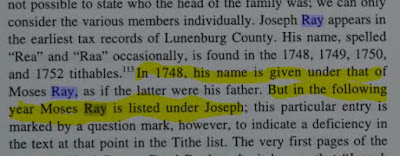2021 was another year of dealing with the COVID-19 pandemic. There was a silver lining for genealogists who avoided becoming sick. I personally found time at home allowed me more time to do research online. The Ancestry Library edition continued to be available free at home, which allowed me to access the full site and save money. I generally just subscribe to trees. Most of what I've found at Ancestry was attached to trees. Photos and documents attached to trees have been the most useful for me. My areas of research aren't well represented at Ancestry.
On January 1st of 2022 free access to the Library addition of Ancestry ended. I think I've found everything available in those databases at this time and don't need a full subscription.
FamilySearch is actually where I find most of the original documents online for my family. This past year was no exception.
Top finds at FamilySearch in 2021 were:
I discovered Pullman, Chicago employee cards. I found out these cards were available by searching through the FamilySearch catalog. They aren't indexed so you have to search the digitized microfilms. I've found cards for my great-grandparents and grandparents.
I noticed most Virginia records are now online and viewable at home. I spent many hours and days researching these records. I didn't realize there was a will for a Francis Ray who might be the progenitor of my Wray family in Franklin County, Virginia. I've been able to make a better timeline for the Wray/Morris family based on the court and land records I've found in these digitized microfilms.
Reviewing old photos
I have spent some time this year looking at Kapple family photos trying to figure out the location they were taken at. I used Google street view for that. I had thought the family house in the photo below had been torn down.
Going street by street in the area of Chicago my family lived in I found the houses in these photos (below). Across the street I found the house in the photo above still standing. So it wasn't torn down after all.
DNA Cousin
A paternal aunt had a first cousin match. I contacted the match and they said they never heard of my family? Ancestry Library Edition came in handy researching this match. I found birth, death, and marriage records at Ancestry that helped me determine this match was the illegitimate son of one of my great-uncles.
Goals for 2022
- I need to attach records and photos I've collected to trees. I'm way behind on that.
- I will be continuing my Wray family research. I've already ordered more tax records.
- Another important goal is trying to locate more family photos.
- I would like to locate more land records for my Irish ancestors and photos.
- I'm hoping to find full Pullman files this year also, not just cards.
- Still tackling my Campbell family brickwall
2021 Exploring California
 |
| Aunt Rosie on Saloon bar |























